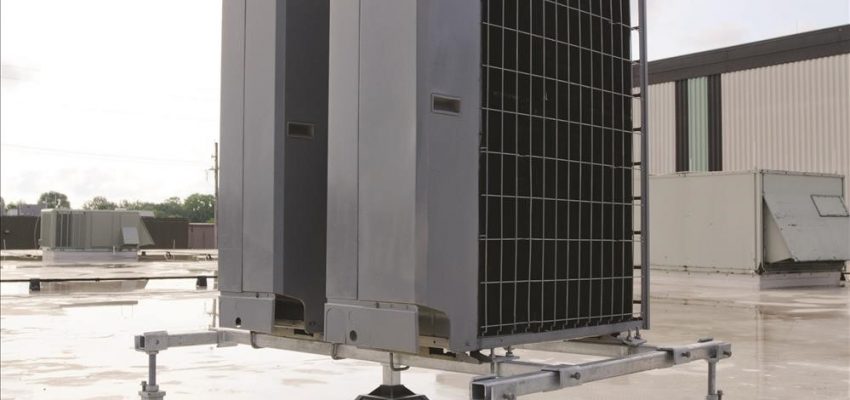In general, the choice of equipment installation in industrial or commercial facilities is the roof. It allows offering more interior space, which can be used for extra productivity. The rooftop units have their safety issues and hazard risks as well as mobility and access threat.
Fortunately, Conform deck helps to eliminate the safety issues and access threats associated with using rooftop equipment. Australian building managers can consult Con-form Group to choose proper support and access alternatives to manage their rooftop sections’ safety without damaging roof surface warranty.
What kind of equipment is installed on the rooftop? Why?
Industries and commercial businesses erect an array of equipment on their roofs. Some common examples are –
- Pipes & plumbing network
- HVAC system and ducts
- Solar panels
- Electrical cable system
- Generators
From the above list, only solar panels need roof mounting. However, the other equipment is bulky, noisy, dangerous, and unsightly. Installing bulky equipment on the roof means more space within the building. Storing unsightly and noisy equipment on the roof makes occupants’ life easy. Mounting dangerous machinery on the roof keeps occupants safe.
Several types of equipment like solar panels tend to add value to the property. It helps enhance LEED’s certification of the building, lower the utility costs, and offers thermal management keeping the roof surface in shade. A rooftop battery backup means the building can operate off the stored solar power for some hours during an outage. You can enjoy the benefits without confiscating valuable indoor space as the solar panels are housed on the rooftop.
How to protect the roof surface from getting damaged by commercial rooftop equipment?
Rooftop equipment installation needs proper planning or it will damage or destroy the roof structure. Besides, regular maintenance that is necessary for the equipment can unintentionally hamper the roof surface.
For example, the piping network is in direct roof contact but over time it a pipe can start leaking. Generally, the water will flow across the roof slope towards the drain but if it pools then the room membrane will get damaged, especially during freezing temperatures. Just imagine the damage caused if the piping system carried flammable, corrosive, or caustic substances.
In the case of electrical equipment, there can be short circuits that can burn the roof or cause a fire, especially when a frayed cable is in contact with the roof surface. Worst still, when a frayed cable comes in contact with pooled water, it triggers a severe hazard.
Bulky equipment like HVAC and generators can eventually crush insulation and trigger infrastructure issues.
Cable and pipes lying in direct contact will be hard to distinguish. It can trigger trips and slip to roof inspectors and maintenance.
Best solution
The best option to protect the roof surface and workers’ safety is to elevate the ducts, solar panels, pipes, cables, and heavy equipment using non-penetrating ballasted bases and supports. Provide roof workers with ramps, crossovers, and access walkways. Workers can easily cross the cable and pipe network without stepping over or ducking under them.
A holistic solution is to have a customized rooftop access solution blended with ramps, walkways, cable trays, pipe supports, and equipment decks.

